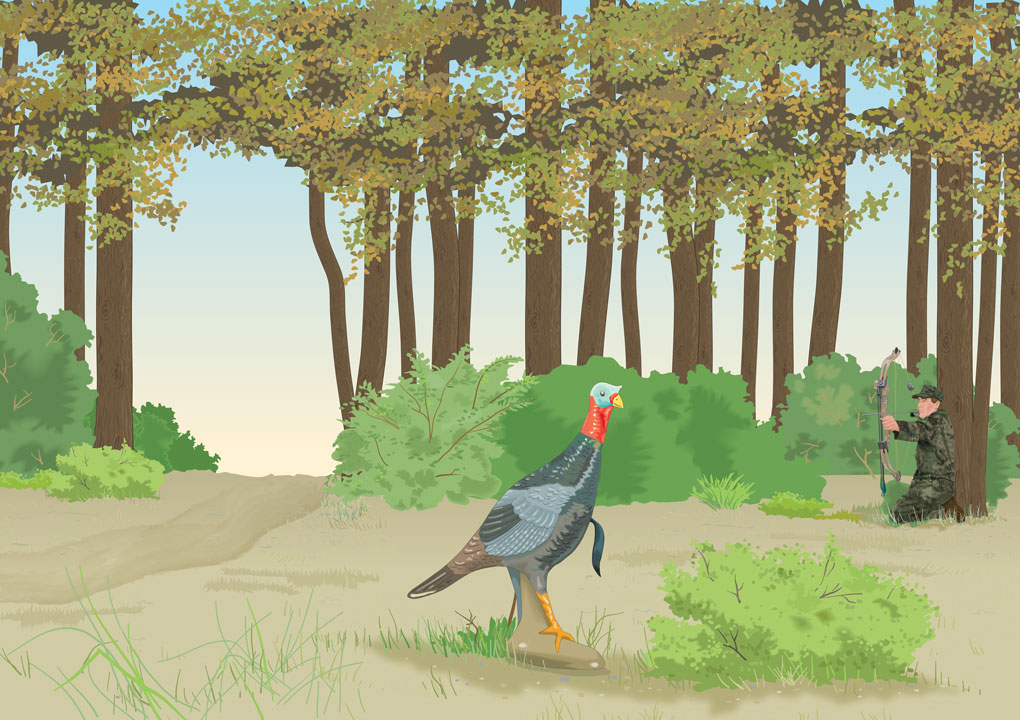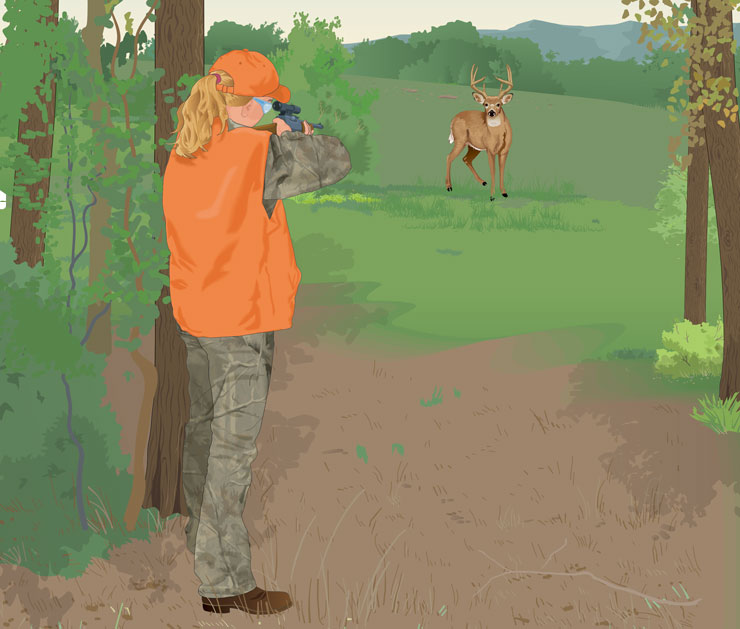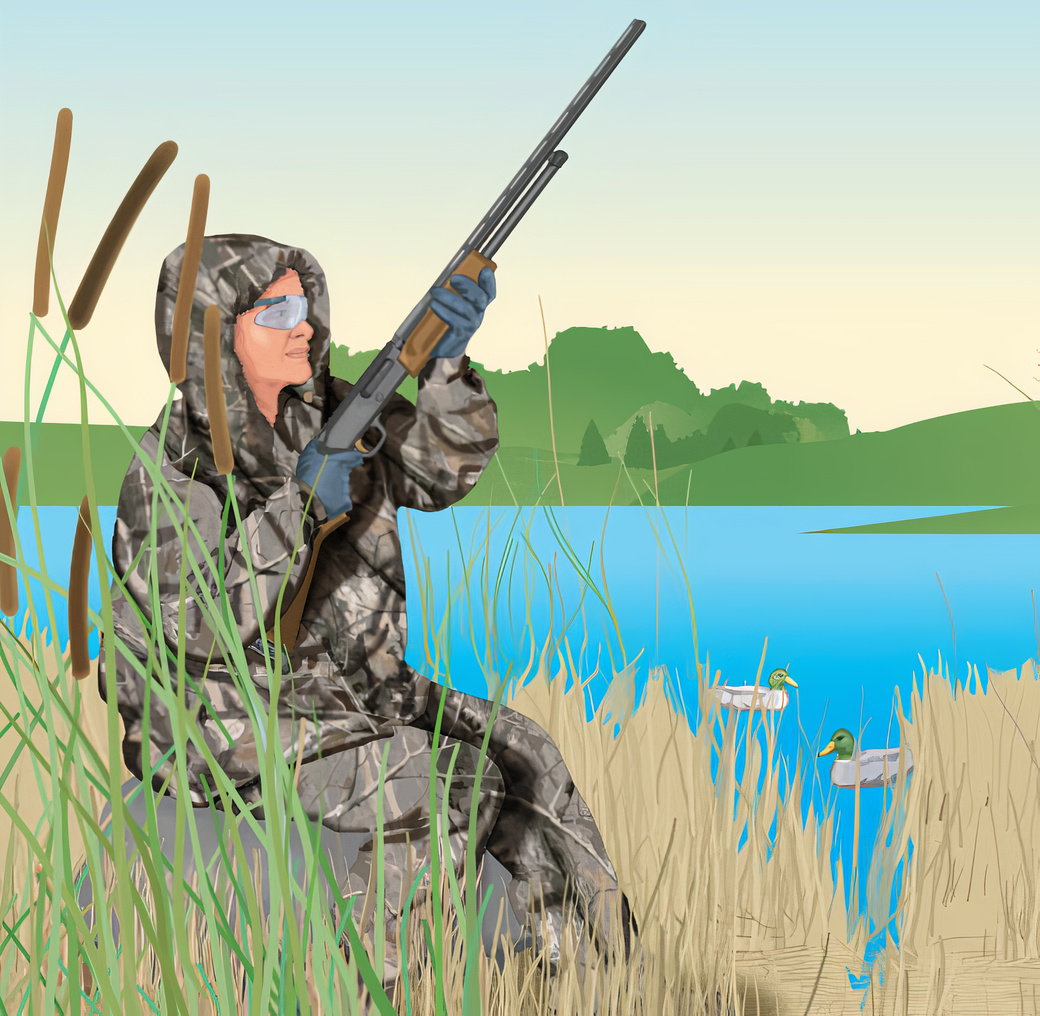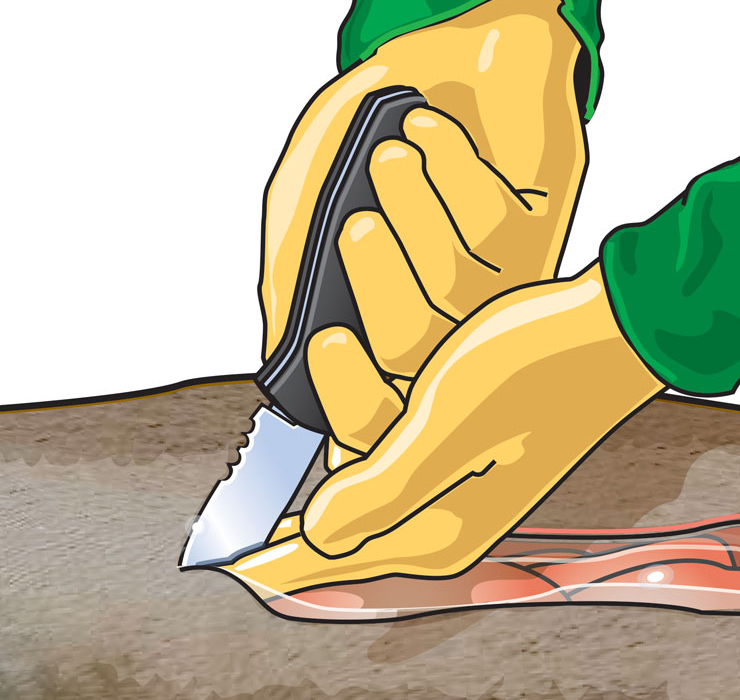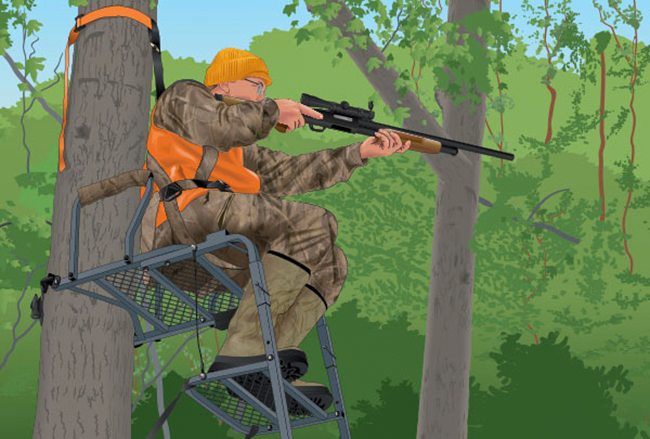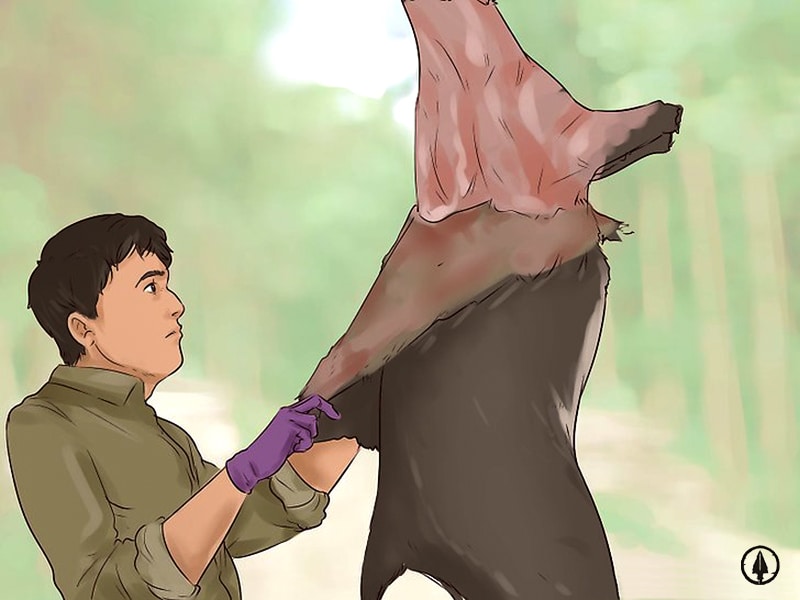Not sure if you should go for a small game or a big game? Don’t know how to differentiate between the two?
You can either use common sense based on the size and weight range of the game. However, the wiser way is to check the local state regulations and standards that categorize big games and small games.
There are numerous factors at play when it comes to big game and small game hunting.
From your weapon of choice to the location and the hunting equipment, it all matters when you are out there hunting, either big game or small game.
Let me help you understand the differences between the two, followed by a few thoughts on why a small game is better to start with.
Contents
What is Considered Small Game Hunting
The standards for small game animals and big game animals vary from state to state.
However, there are still some common factors at play in all states that categorize small and big games separately.
The general trend is that animals such as waterfowl (ducks, geese), upland game (squirrels, rabbits), furbearers (coyotes, raccoons), and birds (grouse, pheasants, turkey, quail) are all considered small game.
Moreover, all animals that weigh less than 40 pounds are considered legal for hunting under the category of small game in most states.
However, these weight limits can differ in some states. You can always check the local hunting regulations to ensure what your state considers a small game.
Most small game hunters use guns like the .22 pistols, 20-gauge shotguns, and other smaller weapons.
You also get to pay less for a small game hunting license as compared to the price paid for a big game hunting license.
What is Considered Big Game Hunting
Hunters often use heavier, bigger, and more powerful weaponry to hunt big games.
Many states have categorized animals such as elk, deer, pronghorn antelope, moose, wild boar, bighorn sheep, etc., as big game.
This category also includes some exotic animals such as mountain goats, bears, alligators, mountain lions, and musk ox.
However, like the small game, there is no hard and fast rule to categorize big game. Most states have their own standards set up to categorize big game.
As a result, what’s considered a big game in one state might not be considered in another.
For instance, turkeys are considered a small game in many states. However, in the state of Arizona, turkeys fall under the category of big game.
As a result, even if the difference between a small game and a big game is pretty obvious, you shouldn’t proceed without consulting your state’s local hunting regulations. It is always better to be sure.
More importantly, the licenses for big game hunting come with a higher price tag as compared to licenses for small game hunting.
Differences Between Small Game & Big Game Hunting
While the obvious differences between big game hunting and small game hunting are the size and weight of the animal, there’s more to it.
It is also about the location of hunting, the equipment you use, the weapon of choice, and the meat rewards you get from the game.
Professional hunters have to make sure they are in the right place. They also need the right weapon and equipment to take out the targeted game, whether small or big.
Different Hunting Locations
When it comes to hunting locations, there is no doubt that small game and big game can co-exist in the same location.
However, most professional hunters choose not to hunt small game and big game in the same habitat. Instead, hunters focus on one type of game in one location.
This is because hunting big game and small game in the same location is not feasible. When you take out a small game, you can easily spook the big game animal in the surrounding area.
Another vital reason to choose locations wisely, especially for a big game, is because you will be using bigger and more fatal weaponry. This shouldn’t be used near populated areas.
Instead, a big game must be hunted in remote areas where your larger rounds aren’t a threat to people living around.
Different Weapon of Choice
In addition to being in the right location, you also need to choose the right weapon that’s appropriate for the type of game you are hunting.
If you use a too small round for a big game, it will fail to take the animal out. This is not only your failure but also inhumane as the animal will suffer.
Likewise, if you use a too large round for a small game, it might injure the animal to such an extent that it’s no good for cooking.
As a result, for a big game, you must use big game rifle rounds such as the .308, .30-06, or .270. Make sure it is enough to take the game out immediately.
Similarly, for small game, hunters most commonly use smaller rounds such as .17 HMR, .22 magnum, .22LR, and several other shotgun shell choices and pistols.
In either case, you have to be sure all state regulations are being followed. Also, ensure your choice of weapon is acceptable to take out the type of game you have decided to hunt.
Differences in Equipment
There are also differences in equipment when it comes to the big game vs. the small game.
You need to have the right collection of knives for gutting the animal, a pocket knife, and a skinning knife. A smaller collection of knives would work better for a small game and a bigger collection of knives for a big game.
Moreover, hunting a big game can be dangerous, so you must have a proper survival kit.
As for the small game, if there is no big game in the surroundings, you might have to invest less in survival and first aid kit.
Big game hunting also requires less movement and more patience. As a result, you will be sitting in one place for long hours.
This requires the right equipment to observe the game, such as a tree stand. You’ll also need other heavy-duty equipment for concealment and successful shots.
Different Meat Rewards
You also get to enjoy a higher yield of usable meat with big game. Some big game can yield enough usable meet that can last you for six months or more.
On the other hand, small game meat yield is low enough to last you just one meal or two.
As a result, if you are out there to hunt for meat, go for the big game. A single hunting trip can get you a good amount of usable meat.
For a full reward, learn how to skin a big game animal like deer. Leaving the dead animal at a professional butcher is also an option, but it comes with costs.
On the contrary, small game hunting might require you to go a full hunting season to fill up your freezer with meat.
Why You Should Consider Going Small Game Hunting First
If you do not have a passion for hunting, a big game can be a bit boring and difficult. It requires lots of patience and waiting and is harder to find.
As for the small game, you can find it in abundance. It also tastes better and requires skill and tactics that are often thrilling and challenging.
As a result, small game hunting tends to teach you more in less time.
More importantly, it is easier to find, so you get to practice more rather than investing time waiting and observing game, as is the case in big game hunting.
Just make sure to use stealth and have the right gear and equipment to aid your hunt.

Hi, my name is Michael Goodman. As a skilled hunter and a man of the field, I will show you some sophisticated, intelligent, and useful hunting methods and techniques.


